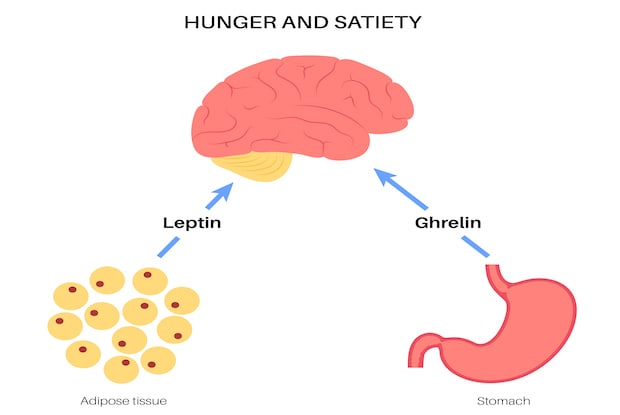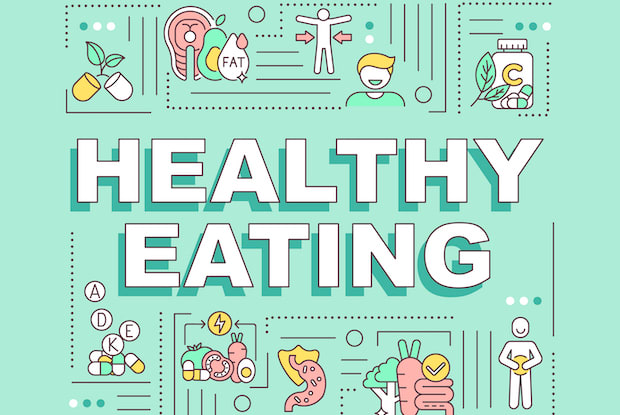How to Combine Weight Management Injections with Diet and Exercise
How to Combine Weight Management Injections with Diet and Exercise
Table of Contents
I. The Role of Injections in Weight Loss
II. Eating Well on Weight Loss Injections
III. Movement That Enhances Your Results
IV. Building a Routine That Lasts
V. Manage Your Journey with ScriptsMD
Weight management injections are revolutionizing the way people approach weight loss. These medications reduce appetite and improve metabolic control, but are not a standalone fix. To see meaningful and lasting progress, what you eat and how you move still matter. This guide will explain how to combine medication with practical lifestyle changes. The goal isn’t perfection—it’s progress you can stick to. Whether you’re new to GLP-1 medications or looking to get back on track, these tips can help. From meal adjustments that reduce side effects to activity plans that support your goals, we’ll explain how to make this journey work for you.
Quick Takeaways
- Weight management injections like semaglutide and tirzepatide work best when supported by diet and exercise.
- Adjusting your food choices helps ease side effects and improves results.
- Movement can boost fat loss and preserve lean muscle during treatment.
- Small changes lead to better adherence and more sustainable weight loss.
- Combining medical treatment with healthy habits offers long-term health improvements.
The Role of Injections in Weight Loss
How These Medications Help
Weight loss injections imitate natural hormones in your body that influence hunger and digestion. These medications slow down the rate at which your stomach empties and signal your brain to feel full sooner. As a result, most people eat less without feeling deprived. This process helps control calorie intake, leading to gradual and steady weight loss. Over time, these injections can also support better blood sugar control and reduce cravings, making it easier to stick to healthy eating habits. They are a helpful tool alongside diet and exercise when used as prescribed.
What to Expect When Starting
Treatment typically begins with a small dose that is gradually increased. This gradual approach allows your body time to adjust and reduces the likelihood of side effects.
- Many users begin to notice changes in appetite within the first week.
- Digestion may slow down, helping you feel fuller between meals.
Weight loss results often take time to show. It’s common to see small changes first, like eating less or feeling satisfied sooner. These signals are early indicators that the injection is working as intended. Staying on schedule with your doses and checking in with your provider helps maintain progress.

Common Challenges and Adjustments
Some patients experience nausea, fatigue, or constipation when starting injections. These side effects are usually mild and decrease as the body adjusts to the medication. Eating lighter meals and staying hydrated can make a big difference. Avoiding rich, fatty foods also helps minimize discomfort. If symptoms persist, it’s worth checking in with your provider. Monitoring your feelings and adjusting your food choices can enhance your experience and make the early weeks of treatment more manageable.
Eating Well on Weight Loss Injections
Choosing Foods That Work with Your Medication
Your daily meals can significantly affect the effectiveness of your weight loss injections. Choosing the right foods not only supports your energy levels but also helps reduce common side effects. Focus on foods that are easy to digest and provide lasting nourishment.
- High-fiber vegetables, such as spinach, broccoli, and kale, support digestion and help you stay fuller for longer.
- Lean proteins such as chicken, tofu, and beans help maintain muscle mass during weight loss.
- Avoid fried and greasy meals, which may trigger nausea.
- Stick with small portions to prevent bloating or stomach discomfort.
Balancing nutrients across your meals can help improve your mood throughout the day. Simple, consistent food choices often deliver better results than dramatic dietary changes. Working with a provider or nutrition coach can help tailor your diet to your treatment, making it easier to stick with the plan and the progress.
How to Eat When You’re Not Hungry
Skipping meals might seem like a shortcut to losing weight, but it often backfires. When you go too long without eating, your blood sugar can drop, and your energy may crash. Instead of feeling better, you become tired, irritable, and more likely to overeat later.
Aim for small, nourishing meals throughout the day to support steady energy levels. Smoothies, oatmeal, yogurt bowls, and soups are great options when you’re not hungry but still need to stay nourished.
Even if your appetite is low due to the injections, your body still needs fuel. Eating regularly helps regulate metabolism and makes it easier to stay consistent with your treatment. When in doubt, pick something hydrating and straightforward. Your future self will thank you.

Movement That Enhances Your Results
Exercise Tips for Energy and Fat Burn
Adding light exercise to your weekly routine can enhance the effects of weight management injections. Focus on movement that feels manageable, especially at first.
- Walking, swimming, or riding a bike helps burn calories while protecting your joints.
- Gentle movement also improves digestion and can help reduce bloating associated with slowed gastric emptying.
You don’t need to push yourself hard for results. In short, regular sessions do more than one intense workout at a time. Exercise also lifts your mood, which helps maintain motivation. Start with small goals, such as taking a walk after lunch or stretching in the evening, and build from there. Over time, this approach supports long-term weight loss without burnout.
Strength Training to Support Muscle and Mood
Lifting weights or engaging in resistance-based exercises is crucial for preserving muscle while losing weight. These workouts prevent muscle loss, which often happens with rapid weight reduction. Maintaining muscle mass helps support metabolism and improves how your body uses energy.
Strength training also benefits your mental health. It can boost your mood, ease stress, and increase confidence as you feel stronger. You don’t need to lift heavy to see results—bodyweight moves like squats or push-ups work well. Strength training can increase overall fat loss and make your progress more straightforward when paired with injections.
Building a Routine That Lasts
Making the Habits Stick
Getting started with new habits doesn't have to be overwhelming. A few small adjustments can help you build momentum and feel more in control of your progress.
Start small:
- Add one walk after dinner per week.
- Prepare two simple meals ahead of time on Sunday.
- Use a reminder to take your injection on time.
- Log meals or moods weekly, not daily.
These actions may seem simple, but they create a strong foundation. Once they become routine, building on them and staying consistent with your overall plan is easier.
When to Ask for Help
If your progress has stalled or you're unsure whether your plan is working, it's time to check in with your provider. They can help you identify what’s working and what may need to shift. Many people find that a slight adjustment in dose or eating habits makes a big difference.
Providers can also refer you to mental health or nutrition support if you struggle with motivation or consistency. Don’t hesitate to ask questions or speak up if something feels off. Early course correction can make the journey smoother and prevent unnecessary frustration.
Manage Your Journey with ScriptsMD
Weight loss injections can be a powerful part of your journey, but your daily decisions have a significant impact on you. Long-term success depends on how well you pair these medications with realistic changes to your diet and physical activity.
Progress happens in small moments—choosing water over soda, showing up for a walk, or sticking to your dose schedule. Every bit counts and builds momentum. This process isn’t about quick wins but steady steps that move you forward.
If you’re ready for support that fits your lifestyle, contact ScriptsMD today to learn how we can help guide your plan.
ScriptsMD provides support at every stage of your journey—from prescription access to expert care. Reach out today!
